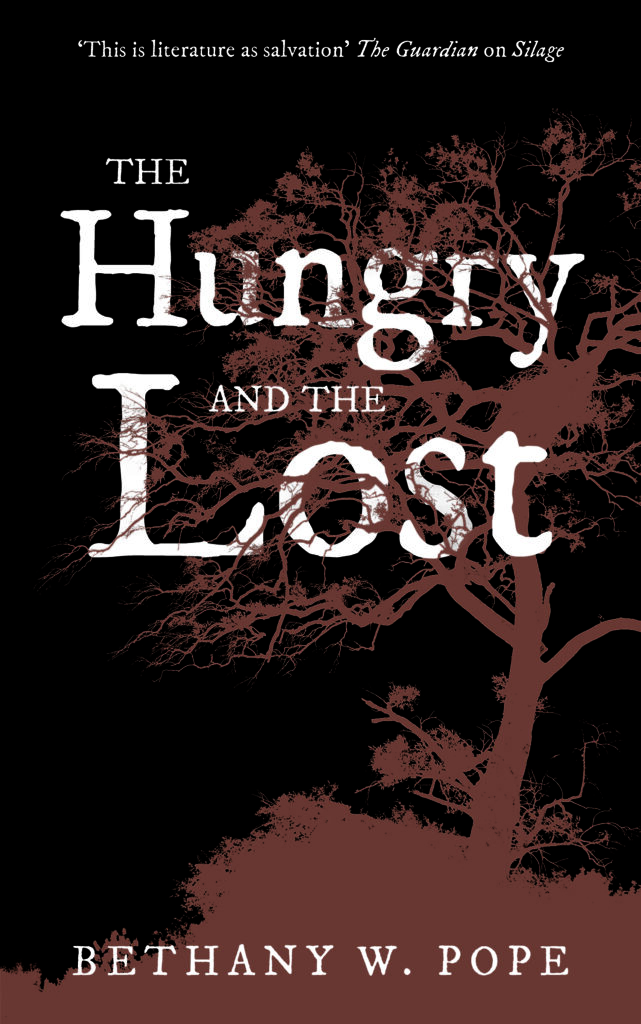Bethany W. Pope’s The Hungry and the Lost (326 pages; Parthian Books; available for order online) offers a rich Southern Gothic tale that revels in the beauty and hostility of the Florida swamplands during the early 20th century. Pope’s immersive language draws the reader in early, but it’s the novel’s social commentary and respect for wilderness that leave a lasting impression.
The Florida swampland attracts men who make a living from hunting herons, but after the birds stop coming and tuberculosis breaks out, a (fictional) small town near Tampa is deserted by all but two: the late minister’s mentally unsound wife, Rose, and her young daughter named Joy. As the years pass, Joy struggles to single-handedly feed and maintain herself as well as her mother. Rose never leaves the house, and in her madness she believes the grounds to be as beautiful as ever, though in truth her home has succumbed to the mold and rot brought on by the humid climate. When a newcomer schemes to forcibly marry Joy to his son and thus take over the deserted land for farming, Joy is determined to foil his plan, and nature itself seems to side with her.
Pope’s poetic language is visceral and atmospheric; the reader feels sequestered with Joy in the rotting house. Her prose is often suitably meandering and dreamlike, a style that reflects the story’s sweltering environment, and the writing’s lushness heightens the narrative’s depictions of being in a state of not knowing what is real or imagined. This is a story that simmers and grows richer, its various plot elements coming together for a satisfying and powerful climax. All the while, The Hungry and the Lost ponders the kinds of relationships humans can have with nature.
At the start of the novel, the hunters come to the swamplands to kill as many herons as possible. The massive destruction these men cause, and how their greed leads to their economic downfall as they slaughter the birds to near-extinction, is emphasized:
“The bodies littered the marshlands until the time came when some desperate boom-and-bust hunter who had spent the last decades moving from scrabbling potato-eating-poor, to land-and-servant rich, only to cycle back to poverty again, made his way in cracked and rotted boots through wetlands that were taking their bird-feed one last time.”
This type of reckless exploitation occurs often, but it is not the only way humans relate to nature as depicted in the story. The love between Joy and her dog, Bess, as well as the mystical relationship Joy seems to share with a pack of wild coyotes that travel from miles away to meet her, show that though humans are capable of wreaking terrible destruction they are also capable of living in harmony with the world around them.
Pope often likens men’s violence against nature to their violence against women. The hunters feel entitled to women the same way they felt entitled to the herons, and they mistreat both to benefit their own lives. This comparison of violence against women to environmental destruction amplifies both topics and elevates this beautifully written novel into a worthy read.

